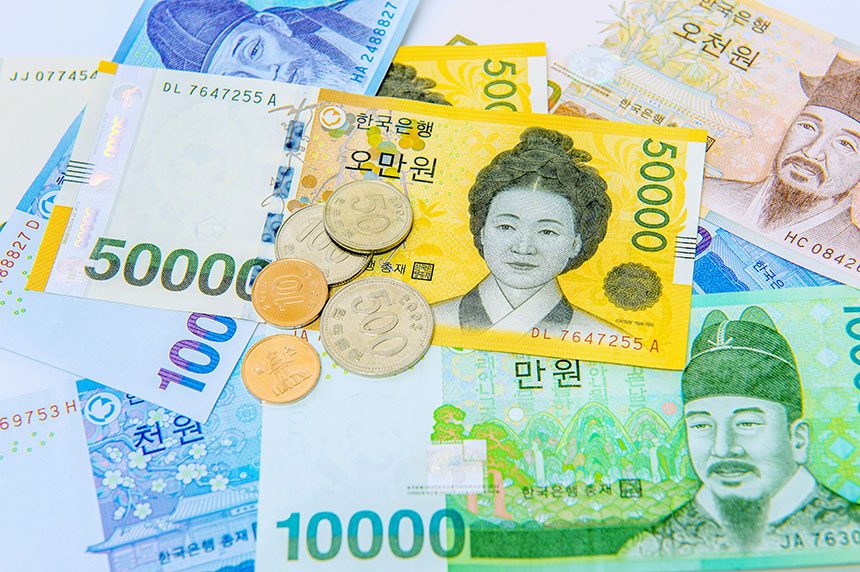Nestled in the northwestern part of South Korea, Seoul is a magnificent and highly modern city. World travelers will find this metropolis filled with anything from high-tech transportation and Korean pop culture to Buddhist temples, palaces, and street markets! Seoul is home to over 10 million people, and serves as the political, economic, and cultural center of modern South Korea.

Seoul City Information
One of the main sights to see is Gyeongbokgung, which is the biggest palace in Seoul. Gyeongbokgung once served as the principle palace for the Joseon dynasty. You will be amazed at the 48-columned Gyeonghoeru pavilion and the imposing Genjeongjeon builing, which will give you an idea of how this palace existed in ancient times. Don’t forget to bring your camera because Seoul is a photographer’s dream city.
Public transport in Seoul is incredibly accessible and dynamic! The subway system is affordable and efficient, with two minutes between each stop. Take a ride to the Myeongdong Underground Shopping Center, with an expansive array of small local shops, connecting the Myeongdong Street Market & Lotte Department stores all the way to Seoul Plaza and City Hall.
Money
Before arriving to Seoul, we strongly recommend that you have some South Korean Won on your person when you first arrive. Depending on when you arrive and how much time you might have before the bus to your housing departs, you may or may not have time to change money at the airport or withdraw money at an international ATM.

In South Korea, not all ATMs will accept foreign issued cards. Only the ATMs located inside 7/11s accept foreign issued cards, but sometimes a 7/11 is not easily accessible everywhere. So come prepared with a couple of hundred dollars worth of South Korean Won for your first couple of days so you will have time to settle in and know more about your surroundings before needing to access an ATM. In South Korea, T-money is very popular for making purchases, especially with public transportation. T-money is a rechargeable series of smart cards that can be used in lieu of cash or credit cards.
While credit cards (VISA, Mastercard, AMEX) are accepted at most places in South Korea, not at all small shops do. So having a bit of extra cash for those unexpected moments will make you better prepared.
Shopping
Shopping is a favorite past time in South Korea (as in many countries!), and the country has some of the biggest shopping malls in the world. Many stores are open until 4:00 in the morning, while most restaurants, bars, and cafes are open only until 11:00 p.m

Eating
Korean cuisine offers an abundance of gastronomical delights with a boundless variety of regional and seasonal dishes as well as international cuisine. Restaurants range from mobile food stands to sit down restaurants, atmospheric drinking places, daytime markets, night markets, and more!
If you’re a Korean foodie or a first time newbie, be sure to try some of the local delicacies such as Korean BBQ, Bipimbap, Kimchi, Bulgogi, Japchae, and much, much more!




Resources for navigating Korean cuisine:
How to be Vegan in South Korea
Lonely Planet: Eating in Seoul
Culture Trip: The Best Places to Try Street Food in Seoul
A Guide to Being Vegetarian in South Korea
Local convenience store chains such as 7/11 and Family Mart are also widely available. They stock a variety of convenient and reasonably priced takeaway meals that are perfect for locals on-the-go, as well as students on a budget.
